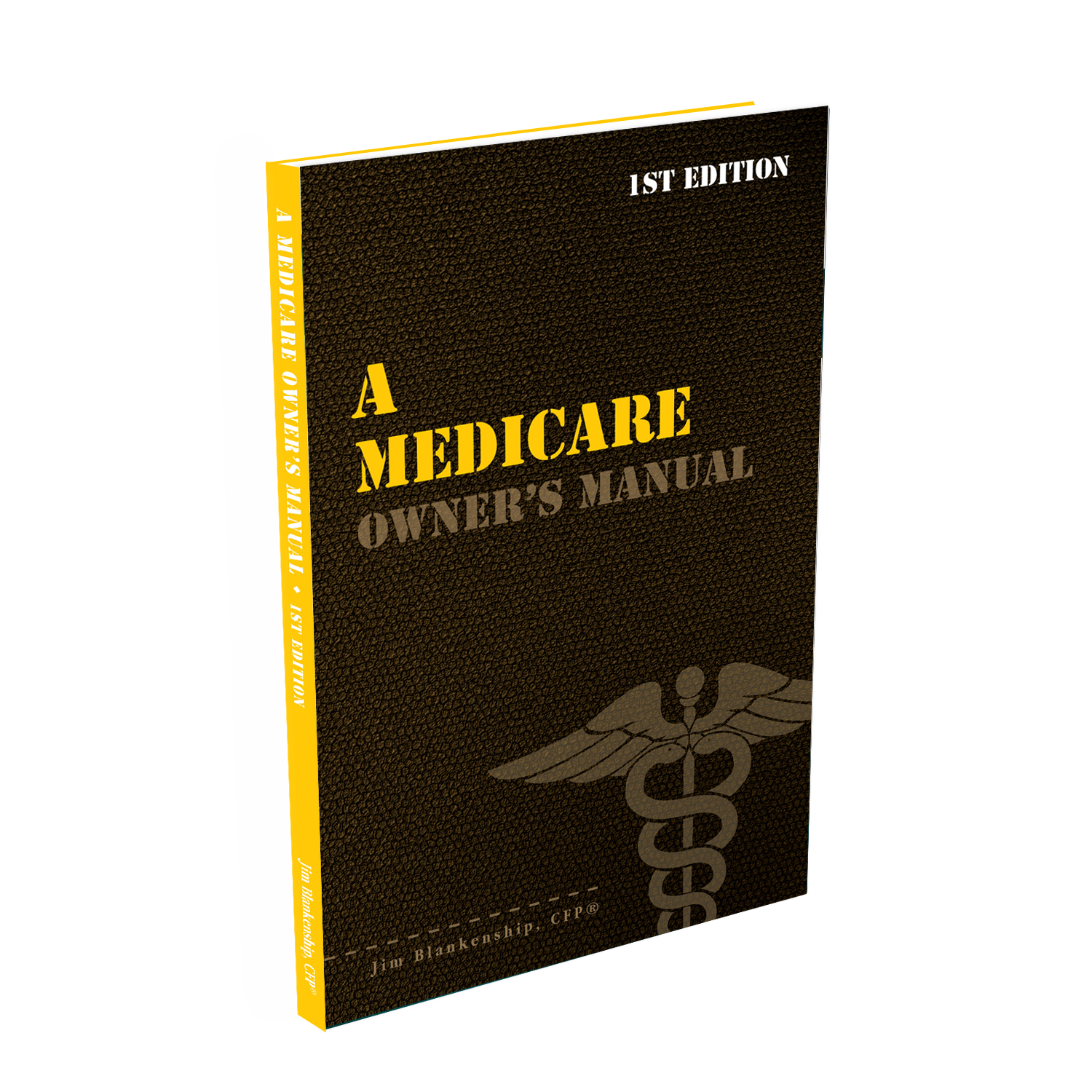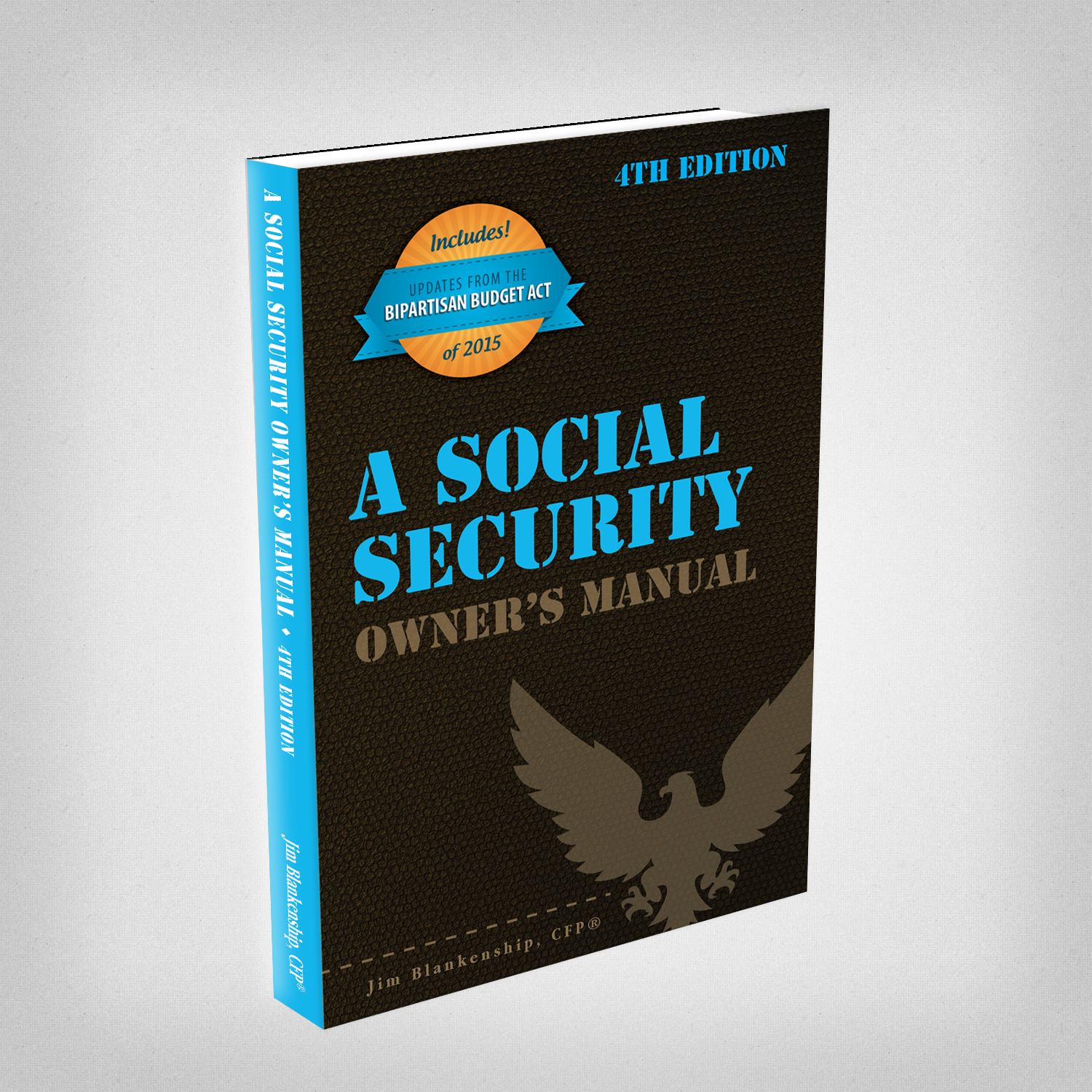You have coverage for Social Security Disability benefits for a period of time after you have left full-time employment.
disability benefits
Income Replacement with Disability Insurance
Most individuals understand the need for traditional life insurance. It pays a death benefit in the event a loved one, such as a spouse, dies prematurely. The death benefit is there to provide income for expenses, and to fund future expenses such as college or the surviving spouse’s retirement. While not overlooked, a seldom though about income replacement tool is disability. Disability insurance should not be ignored, and arguably should be considered as a higher priority than life insurance. This is because statistically, an individual has a higher chance of becoming disabled, than dying prematurely. Especially if they’re young. Most disability policies are offered through an employer as benefit for employees. Typical policies provide 60-70% of income replacement in the event the covered employee becomes disabled. When initially getting disability insurance, it’s important to pay close attention to the definition of disability in the policy. This definition will determine whether […]
A Risk Management Checklist
Although many individuals have various risk management policies in place, sometimes those policies get brushed aside and every once in a while the dust needs to be wiped off of them and perhaps some updating needed. Here’s a checklist to consider the next time you review your risk management strategies. Auto Insurance – Review your coverage to make sure it’s still adequate. Liability limits of at least $250,000 should be the norm. Limits of $500,000 up to $1 million are better. If you drive an older car, consider raising your comp and collision deductibles or eliminating them altogether to save on premiums. Upside down on your car loan? Consider gap insurance. Better yet, don’t have a car loan. Home Insurance – Make sure your home is insured to its reconstruction cost. This is the cost to rebuild your home using today’s prices for materials, labor, etc. It is NOT the […]
A New-Hire Checklist
Starting a new job can be very overwhelming. Often, new-hires go through a barrage of training, information overload and multiple booklets covering procedures, processes and application. Somewhere in that mix is the benefit package. Here is where the new employee can sign up for important health insurance coverage, retirement savings plans, and other benefits such as life insurance and disability. In the stress and whirlwind of the on-boarding process, sometimes benefits can get pushed to the side, and then after time, forgotten about. Here’s a checklist of what a new employee can do to make sure they sign up for these precious benefits and some information on how to move forward. Select the appropriate health coverage. Some employers have one carrier that provides coverage with different options from that carrier. Options may include HMO, PPO or HSA plans. The premiums the employee pays will depend on the deductibles in the […]


 Sterling Raskie, MSFS, CFP®, ChFC®
Sterling Raskie, MSFS, CFP®, ChFC® The latest in our Owner’s Manual series, A 401(k) Owner’s Manual, was published in January 2020 and is available on
The latest in our Owner’s Manual series, A 401(k) Owner’s Manual, was published in January 2020 and is available on  A Medicare Owner’s Manual, is updated with 2020 facts and figures. This manual is available on
A Medicare Owner’s Manual, is updated with 2020 facts and figures. This manual is available on  Social Security for the Suddenly Single can be found on Amazon at
Social Security for the Suddenly Single can be found on Amazon at  Sterling’s first book, Lose Weight Save Money, can be
Sterling’s first book, Lose Weight Save Money, can be  An IRA Owner’s Manual, 2nd Edition is available for purchase on Amazon. Click the link to choose the
An IRA Owner’s Manual, 2nd Edition is available for purchase on Amazon. Click the link to choose the  Jim’s book – A Social Security Owner’s Manual, is now available on Amazon. Click this link for the
Jim’s book – A Social Security Owner’s Manual, is now available on Amazon. Click this link for the  And if you’ve come here to learn about queuing waterfowl, I apologize for the confusion. You may want to discuss your question with Lester, my loyal watchduck and self-proclaimed “advisor’s advisor”.
And if you’ve come here to learn about queuing waterfowl, I apologize for the confusion. You may want to discuss your question with Lester, my loyal watchduck and self-proclaimed “advisor’s advisor”.